New Horizons in Hearing Health Care Assessment Procedures: Preliminary Results
Please enter a valid quantity
Please select a product format
That product is out of stock
You have added this item to your cart.
New Horizons in Hearing Health Care Assessment Procedures: Preliminary Results
Already an ASHA Learning Pass subscriber?
Login
Although there are extensive resources in ways to assess hearing loss and outcomes of
hearing intervention in children and adults, research is needed to be more innovative to
assess hearing health care in a multifaceted way. The first article in this SIG 7 activity
includes information about a new pediatric speech in noise screener Hearing
Assessment in Response to Noise Screener (HeARS) that can be used as an app.
School-age children spend a significant amount of time in noisy listening environments
and research has demonstrated that background noise can have a detrimental effect on
speech-language as well as academic performance. This is even more prominent in
children with hearing loss. Having said that, there are not many ways to evaluate speech
understanding in noise performance for these children. This article discusses the
preliminary results of using this app on children aged 4 to 14 years. The test allows
assessing children’s ability to understand speech in presence of noise in varying signal
to noise ratios (SNR) conditions. Their study concludes that this test is acceptable to use
in children and can accurately demonstrate increasing difficulty in speech understanding
with decreasing SNR. This test has the potential to be used by clinicians in making
audiology assessment more accessible. Next, the second article includes information on
quality-of-life outcomes after cochlear implantation. Although cochlear implants have
been shown to improve quality of life, these quality-of-life changes can be perceived
differently by the implant recipient and their communication partners. This article
discusses the preliminary results of a case study that explored general and hearing related
quality of life changes after implantation, as perceived by the recipients and their
frequent communication partners. Their study concludes that although results for both
groups were comparable, there was low agreement in the disease-specific quality of life
change ratings. This suggests the importance of better communication between
recipients and their partners and the importance of including communication partners in
hearing health care.
Learning
Outcomes
You will be able to:
- utilize the pediatric hearing in noise screener app to make hearing assessment in
noise more realistic and accessible
- describe not only the importance of including frequent communication partners’
while assessing quality of changes in cochlear implant recipients, but also the
outcomes of multiple quality of life assessments in cochlear implant recipients
and their communication partner
Assessment
Type
Self-assessment—Think
about what you learned and report on the Completion Form how you will use your
new knowledge.
Articles
in This Course
- Preliminary Findings From the Hearing Assessment in Response to Noise Screener: A
New Pediatric Tool for Measuring Speech Identification in Noise by Julia Irwin, Jessica
Sullivan, Barbara Fernandes, and Alyssa Lotto,
published in SIG 7, Volume 8, Issue 6, December 2023
- An Exploration of Quality of Life Perceptions of Cochlear Implant Recipients and Their
Frequent Communication Partners by Jessica L. Bishop and Ashley G. Flagge,
published in SIG 7, Volume 8, Issue 6, December 2023
|

